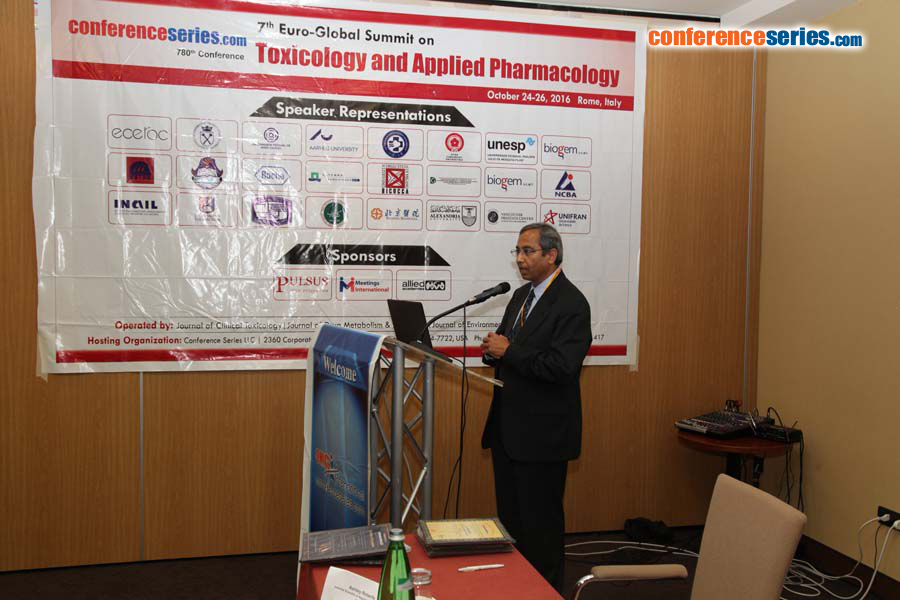
Swamy KB
Jalan Elmu Off Jalan University, Malaysia
Title: The miracle fruit- The next generation anti-diabetic drug- in type 2 diabetes mellitus - a comprehensive study in animal model
Biography
Biography: Swamy KB
Abstract
Background: Diabetes Mellitus type 2 is a chronic metabolic disorder which is rapidly increasing in incidence globally. The International Diabetes Federation (IDF) reports that as of 2013 there were more than 382 million people living with diabetes. As the currently available anti-diabetic treatment modalities have not been meeting the requirements there is a dire need to identify a more number of safe and effective anti-diabetic agents. The aim of this study was to identify the effectiveness of Synsepalum dulcificum fruit (Miracle Fruit) extract in reducing blood glucose levels in Streptozotocin (STZ)-Nicotinamide (Nam) induced diabetic rats.
Methods: In this experimental research 29 Sprague-Dawley (SD) rats were divided into groups (G) 1. Normal controls -6 rats and group (G)2. Streptozotocin -Nicotinamide induced diabetic -23 rats. Again these 23 SD rats were divided into 4-groups as- G1.Diabetic controls-5, G2.Glibenclamide (600 µg/kg)-treated-6, G3. Medium dose fruit extract (250 mg/kg) treated-6 and G4. High dose fruit extract (500 mg/kg) treated-6. All rats were assessed for fasting blood glucose and body weights every week during the span of 21 days period of study. Before starting the experimental research the body weights and fasting blood glucose were measured for all the rats. Then the toxicity of the fruit extract was tested with the highest dose of 5000 mg/kg on 12 SD rats and it showed that no adverse effects at all on the rats’ health.
Results: Eventually this study revealed that high dose fruit extract (500 mg/kg) only could significantly reduce fasting blood glucose levels (p<0.001) even though it caused a slight increase in body weight. Conclusion This study revealed that Synsepalum dulcificum fruit (Miracle Fruit) extract shows acceptable anti-hyperglycemic effects in rats. (Please refer to my article published: “The Clinical Effects of Synsepalum Dulcificum- A Review: J Med Food 17(11) 2014 1165 1169).







